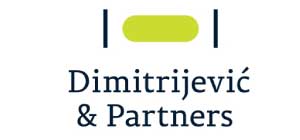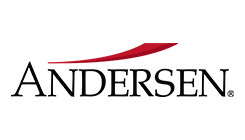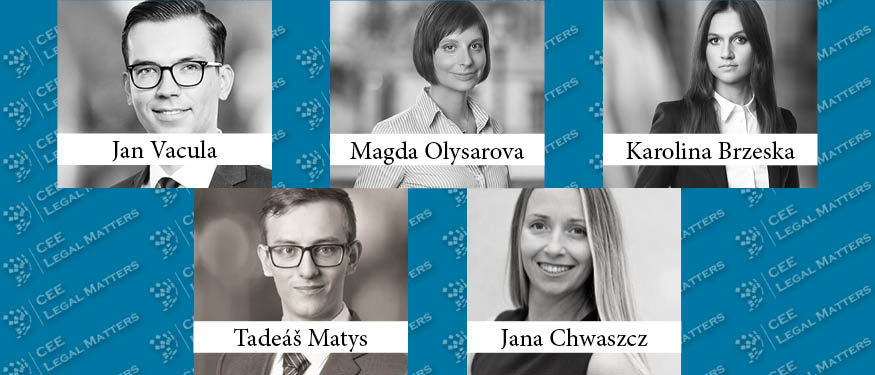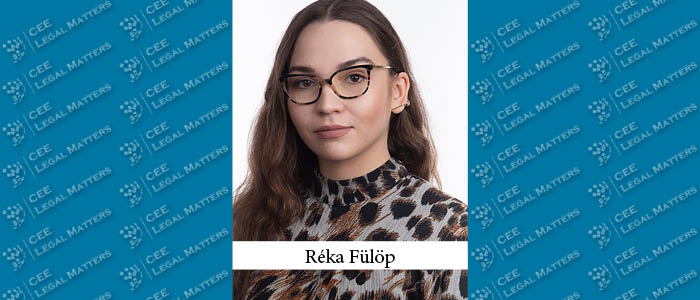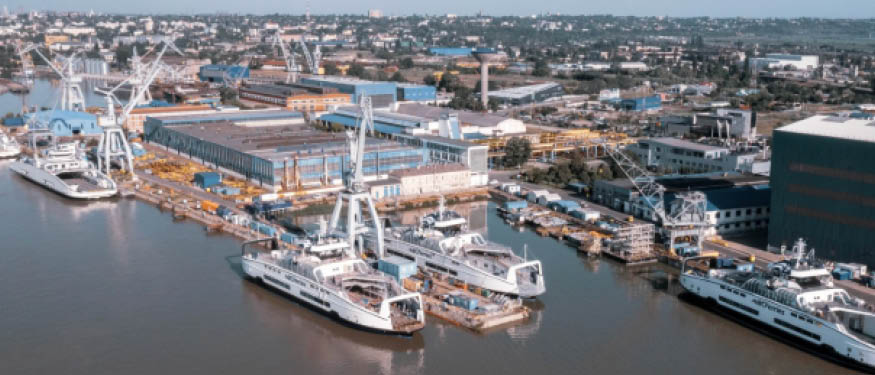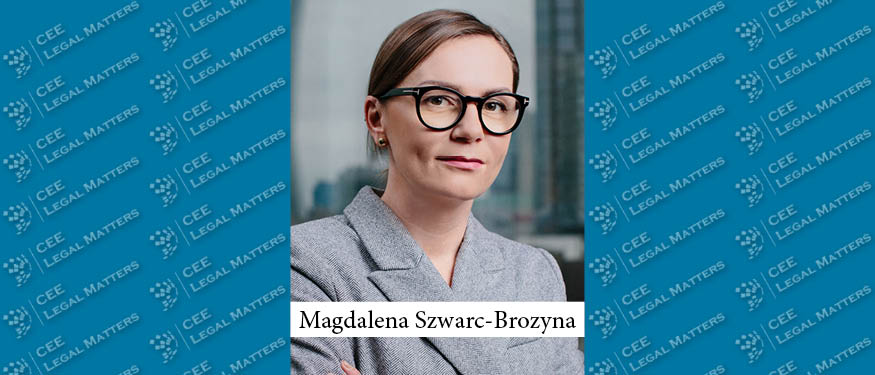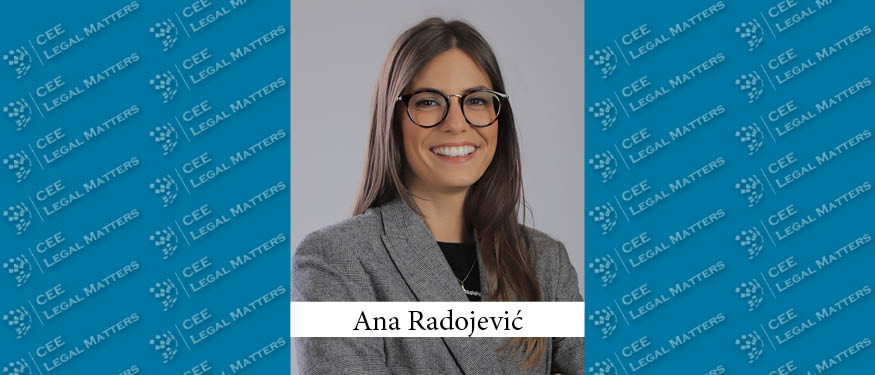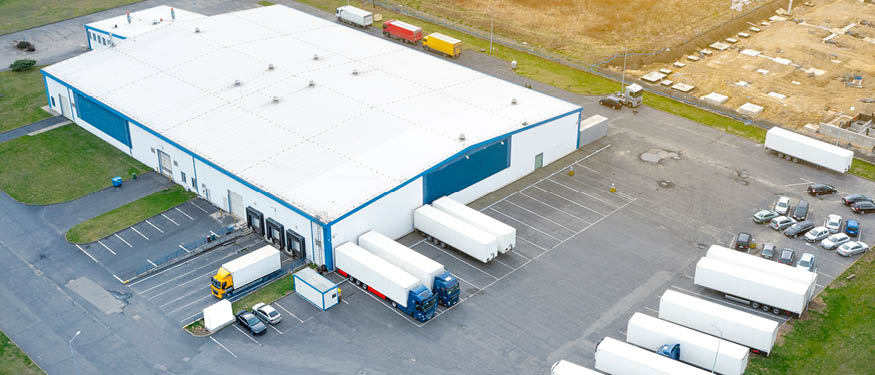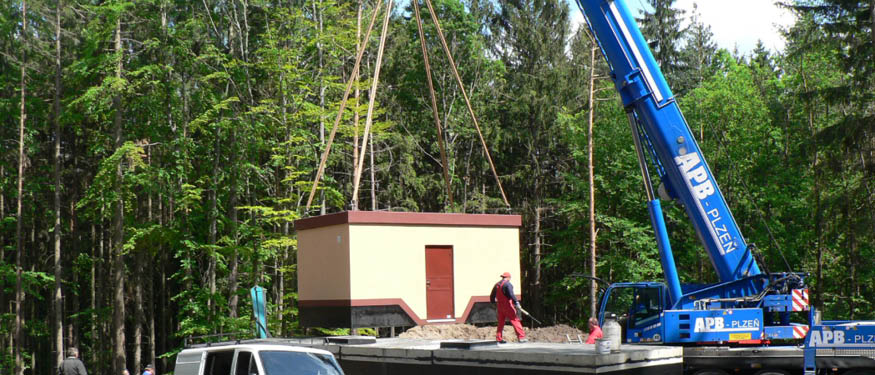Annual reports make up a fundamental part of many regional CEE law firms’ marketing strategies, providing those firms with an annual opportunity to demonstrate their knowledge and expertise in a particular area, their geographic footprints, and their ownership and facility with the research and technological tools and manpower necessary for the production of such comprehensive projects.
A review of some of more prominent such reports – Wolf Theiss’s annual Corporate Monitor’s M&A Spotlight on CEE/SEE, CMS’s Emerging Europe M&A Report, Karanovic & Partners’ Focus on Competition, and Schoenherr’s Roadmap – reveals some interesting differences in the purposes, target audiences, and foci of each.
Wolf Theiss’s Corporate Monitor’s M&A Spotlight on CEE/SEE
Wolf Theiss launched its Corporate Monitor’s M&A Spotlight on CEE/SEE in 2011, covering M&A and private equity trends in the 13 jurisdictions where the firm is present. The publication lists key transactions in the TMT, industrials and chemicals, energy, real estate, financial services, transportation, and agriculture sectors, among others, providing information related to the number of deals, revenue, and annual and regional growth in each country and sector.
The publication, which is prepared in partnership with Mergermarket, the international provider of research and analysis services in the M&A sector, is based on an annual survey sent out to the market. The process is managed by a 30-lawyer editorial team at Wolf Theiss led by Partner Horst Ebhardt, with all of the firm’s offices contributing to the final product. Both the number of transactions listed and the questions on the survey vary from year to year to reflect changes in the various markets. In its 72-page 2019 publication, a total of 481 deals were recorded by Mergermarket and reflected in the M&A Spotlight.
“We prepare and adapt questionnaires according to the current M&A trends in the market, which we then align with Mergermarket,” Ebhardt explains. Mergermarket selects the interviewees and contacts around 150 decision-makers at corporations, private equity funds, investment banks, and other relevant organizations present in the region. After those interviews have been completed, Mergermarket’s writers prepare the articles with the assistance of Wolf Theiss. The publication also includes interviews with Wolf Theiss partners from across the region. Finally, charts, graphs, and tables are added to the publication to illustrate the findings.
“Apart from the overview of the transactions, we also try to present the overall economic and political situation in Central and Southeastern Europe, and what generally attracts investors to it,” says Ebhardt. According to the 2019 report, for instance, 66% of respondents reported that the overall economic conditions in the region had had a positive impact on their most recent deal, and 67% of respondents reported that the political environment had a positive impact. On the other hand, only 44% of respondents believed that the availability of local financing was conducive to making deals in the CEE/SEE regions.
Once the final version of the English-language publication is ready, it is distributed electronically by both Mergermarket and Wolf Theiss to their subscribers. Wolf Theiss also uses LinkedIn and Twitter to reach a wider audience.
The purpose of the report, according to Ebhardt, is straight-forward. “The region is very interesting and diverse and we wanted to showcase it,” he says. “As an international firm, we have clients from around the world and we would like to present them with the current outlook on the region and the opportunities it might create for them.”
“In a way, the publication is like our M&A business card for the CEE/SEE region and the regional presence of our firm,” Ebhardt says. “It shows our deep familiarity with and experience in the region.” The most important takeaway, in his opinion, is “that Wolf Theiss receives positive feedback from our clients and that it conveys to our global clients how the region is evolving and that we are there to assist them.”
CMS’s Emerging Europe M&A Report
Another valuable source of information about M&A transactions in Central and Eastern Europe comes in the form of CMS’s annual Emerging Europe M&A Report. Like Wolf Theiss’s annual report, CMS’s, which is usually published in English (and this year, for the second year in a row, in Korean), analyzes trends and significant transactions in various areas across 15 countries in the CEE and SEE regions. According to Erik Werkman, Senior Business Development Manager for the firm’s CEE Corporate practice and the editor of the report, CMS launched the publication ten years ago as a means to review market trends beyond purely the legal. The particular practice areas and sectors covered in the report differ from year to year, and the most recent issue, which was published on January 21, 2021, focused on M&A transactions in renewable energy and telecommunications infrastructure and on the growing number of IPOs and dual-track sales processes in the region, among other things. “We try not to focus on all areas each year, but rather the ones that have shown the most remarkable developments that particular year,” Werkman says.
Modus Operandi
The Emerging Europe M&A Report provides two general types of content – editorial comment and hard data. Werkman, who has been in charge of putting the report together for the last three years, focuses primarily on the articles side of the process, while his colleague, CMS’s CEE Business Developer Adela Svachova – who, like Werkman, sits in the firm’s Prague office – manages the data-collection process.
To obtain that data, CMS cooperates with London-based research and analytics company EMIS, which helps the firm identify the number and value of deals in the region, chart increases or decreases of transactions in particular sectors relative to previous years, and prepare an overview of the highest value deals per country.
All of the articles, which are prepared by an experienced business journalist who is provided with a briefing on what the topics are and who should be interviewed, also include commentary and analysis by the firm’s lawyers, clients, and/or external partners. Articles range from approximately 800 words for interviews up to 3000 for more in-depth coverage of particular trends and statistics, with, usually, between two and five of the firm’s lawyers, clients, and sector experts from investment banks and or financial advisory firms interviewed for each article.
Finally, after all the bits and pieces are put together and approved, the publication is ready for distribution. Although the report has traditionally been available in hard copy, Werkman says that “over the years we have been printing fewer and fewer copies and, due to the pandemic, for the first time this year we have limited ourselves to a digital version and improved web presence.” CMS also runs an eight-to-ten-week-long LinkedIn campaign, with weekly posts highlighting particular sector developments covered in the publication.
The Outcome
We monitor how many people download or view our publication on our website, as well as the performance of our LinkedIn posts,” Werkman says. He says that the feedback CMS has received is uniformly positive. “The publication is definitely useful when approaching new clients, especially those from outside the region, as it shows that we are well-acquainted with the current trends in the region and that our knowledge goes beyond purely legal developments.”
Karanovic & Partners’ Focus on Competition
Fourteen years ago, Karanovic & Partners launched an annual publication covering the competition sector in Serbia. The Focus on Competition report grew over time, and it now encompasses overviews of the sector in each of the jurisdictions covered by Karanovic & Partners (whether directly or through cooperating/corresponding offices): Serbia, Montenegro, Bosnia and Herzegovina, Croatia, Slovenia, North Macedonia, and Albania.
According to Senior Partner Rastko Petakovic, the process begins with the solicitation by the editorial team, consisting of Petakovic, Partner Bojan Vuckovic, and Senior Associate Bojana Miljanovic, of feedback from the 10 and 15 of the Competition Law-specialized lawyers “cooperating” with Karanovic & Partners in the various jurisdictions on the topics they consider to be most relevant. Based on that feedback, and keeping in mind the firm’s broader strategy, the editorial team selects the particular topics for the upcoming issue. “The team takes great care to nominate the most relevant articles, not to rehash topics covered in previous editions, and to assign each topic to the best-placed author,” Petakovic says. “Once the table of contents has been outlined, the next step is to figure out who should write each article.”
Competition Law specialists in each K&P office are selected to write the articles, and each jurisdiction contributes, on average, one or two articles to each issue, along with a statistical overview of that local market. Where the articles touch upon the interplay between Competition Law and other practices, such as Energy, IP, or Telecoms, Petakovic says, “those articles are jointly prepared by a cross-practice team, though [the subjects] are always analyzed through the lens of Competition Law.”
In addition to statistics the publication also features interviews with and opinion pieces by guest contributors, including experts from prominent international law firms, consultancies, corporations, and local regulatory bodies. For instance, contributors to the most recent edition – the 14th – included Stjepo Pranjic, President of the Competition Council of Bosnia and Herzegovina, Joachim Schutze and Dimitri Slobodenjuk of Clifford Chance, Brecht Boone and Gregor Langus from E.CA Economics, and Manuel Bermudez Caballero from Metro AG.
According to Petakovic, before the report is published it undergoes two rounds of editing and proofreading, conducted with the core philosophy that its contents need to be accurate, relevant, and interesting to the reader, and that legalese be avoided wherever possible.
The Final Product
Focus on Competition is distributed in three ways: It is shared with participants at the annual Competition Conference organized and hosted every fall by Karanovic & Partners in Belgrade; it is made available on-demand in PDF format on the Karanovic & Partners’ website; and – at least in the pre-COVID era – it was sent in hard copy to some 1000 of the firm’s clients and partners, both in the Balkans and abroad. “Of course, last year we held our Competition Conference online and we refrained from sending out hard copies of the publication, for obvious reasons,” Petakovic says, “but we sent .pdf copies to the same addresses instead.” Either way, despite the challenges raised by the pandemic, he says, Karanovic & Partners still manages to get the publication to its main targets – its clients.
Indeed, although the firm is delighted to hear that potential clients appreciate the publication, Petakovic insists that they are not its primary audience. “Our main goal is to communicate new regional and national trends in the competition sector to our existing clients, as those trends might affect their businesses,” he says. “That, in turn, drives us to not only carefully select topics that we wish to cover, but also to present them in a way that our time-constrained clients will find valuable and easy to understand.”
Consequentially, Petakovic says, the publication receives a favorable response from clients each year. “We measure the effects of our publication mainly by communicating with our clients, and around 90% of the feedback we receive is positive,” he reports, noting that, as a result, the publication serves as a great brand-building tool for the firm. “Our publication has traditionally been a tool for awareness-building not only about a very sophisticated legal area, but also about the prestige of our firm as one of the pioneers in Competition Law in our region. Furthermore, it is a way for us to build stronger ties with our clients, as well to inform them – especially the ones abroad – about the trends on the local market. Needless to say, after fourteen years and many pages written, we are very proud of this project.”
The Focus on Competition was published in both Serbian and English from its initial launch until 2012, but it has been published only in English since – with the exception of 2016, when it also came out in German to mark its tenth anniversary.
Schoenherr’s Roadmap
Schoenherr’s annual publication, the Roadmap, is slightly different in concept, presenting legal analysis against the backdrop of works of art by renowned artists. It was conceived in 2007 by Partner Guido Kucsko, and according to Gudrun Stangl, Partner and Chief Operating Officer at Schoenherr’s Vienna headquarters, “the idea was to provide readers with an exclusive printed legal publication highlighting significant legal developments in our various markets, while presenting the content in a special context created in partnership with different artists every year.”
The Blueprint of the Roadmap
The selection of topics for each issue happens in an annual brainstorming session of the publication’s editorial team, which consists of business professionals from Schoenherr’s marketing department. Prior to the final selection, topics are discussed with the various practice coordinators, and all offices and practice groups are encouraged to provide input. Once the topics are sorted out, Schoenherr’s lawyers prepare and contribute the articles in each of the selected categories. Common topics include Arbitration, M&A, Real Estate, and Corporate and Reorganizations.
“Once all content is in, the practice coordinators and the Roadmap coordinator decide what content will go to print, and what will go to our online Roadmap,” Stangl says. Schoenherr prints out over 5,000 copies for distribution to the firm’s clients, with others available by request. “Additionally, every year the Roadmap is distributed as a free supplement to the Austrian legal magazine Ecolex, which has a circulation of 2000 copies,” she says. The Roadmap is, of course, also available in a digital format on Schoenherr’s website.
The Destination
Both the legal content and the art that the Roadmap contains, Stangl says, are selected to draw the reader in. The goal, she says, is for the readers to “pick the Roadmap up and leaf through it, not once, but often.” As a result, she claims, the publication has “a bit more longevity” than a standard legal guide. “Even if a guide is informative, we want people to pick the Roadmap up, if the two are placed side by side – and I am quite sure that is what would happen,” she says.
“We usually work with one artist, sometimes more, as was the case with our ‘voices’ street art-focused edition in 2019 and the ‘together’ 2020 edition,” she adds. “Artists come from around the region, often from Austria, and the choice of whom to work with relates to the theme vis-a-vis their work,” she explains. “We do some digging into the current art scene and sometimes find artists by word of mouth.”
Ultimately, according to Stangl, the authors are aware of the overarching theme each year and encouraged to think about how it can be interpreted in a legal context. “The artist is aware of the topic too, and we discuss both the legal and artistic slants in an interview,” she says. Stangl points out that the publication’s theme last year was ‘adapt,’ a word she describes as both obvious and important when looking back not only on the last year but also to the current situation. She says that it is not only important for the legal world, but also for society as a whole.
This Article was originally published in Issue 8.5 of the CEE Legal Matters Magazine. If you would like to receive a hard copy of the magazine, you can subscribe here.








